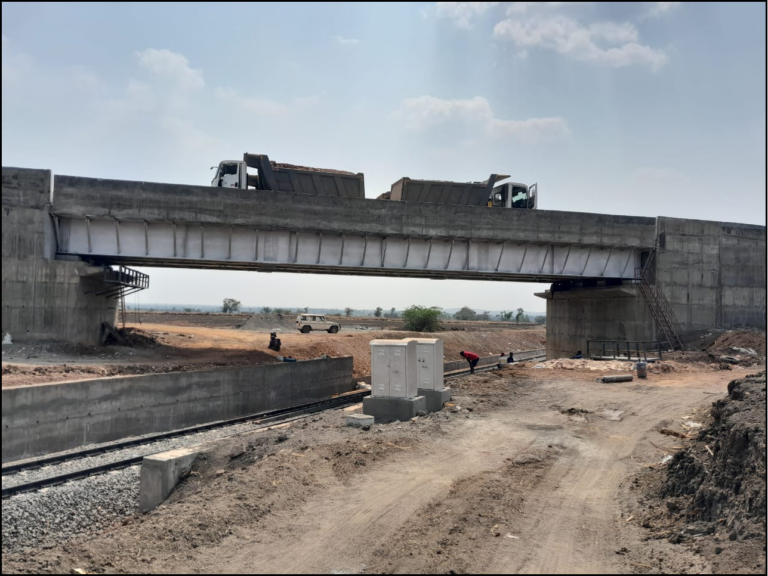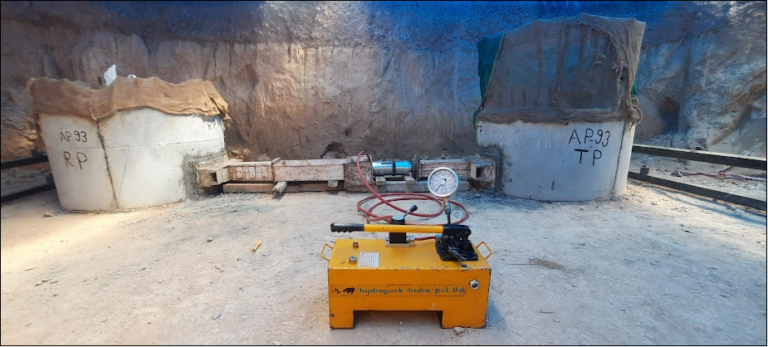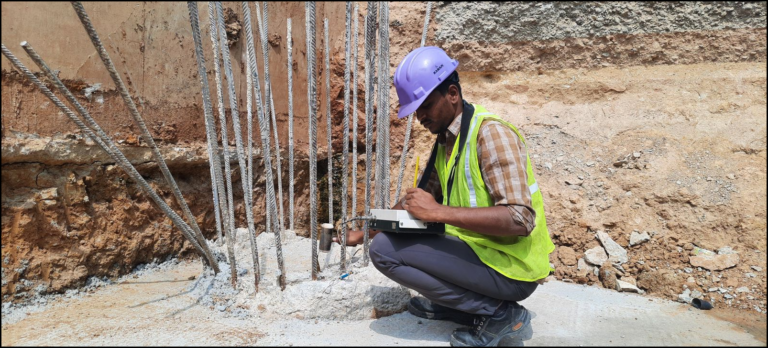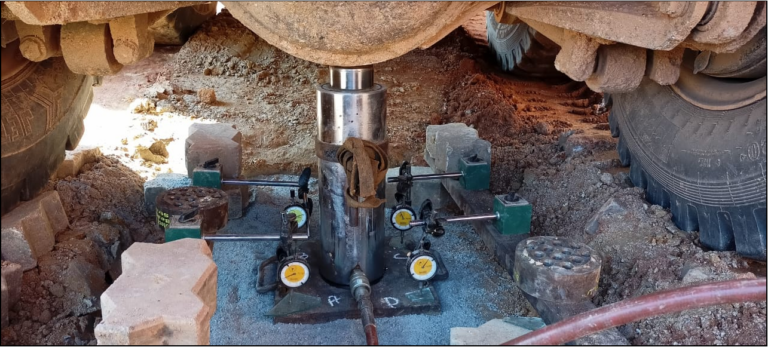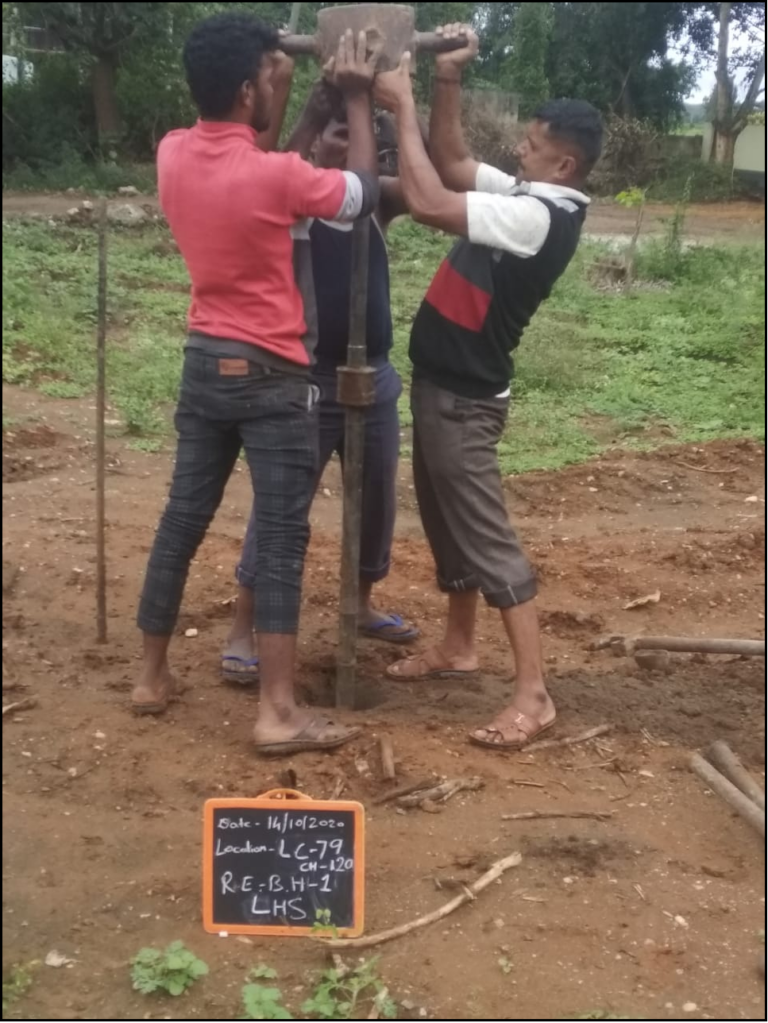shasrastructengg@gmail.com | +91 916 468 7926
Non-Destructive Testing (NDT)
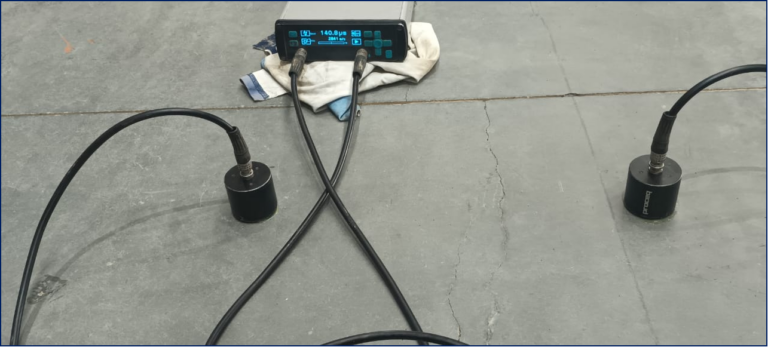
Non-Destructive Testing (NDT) involves inspecting materials, components, or systems without causing damage, utilizing methods like visual inspection, ultrasonic testing, and radiography to detect flaws and ensure quality and safety. Here’s a breakdown of key aspects of NDT: What is NDT? Common…

